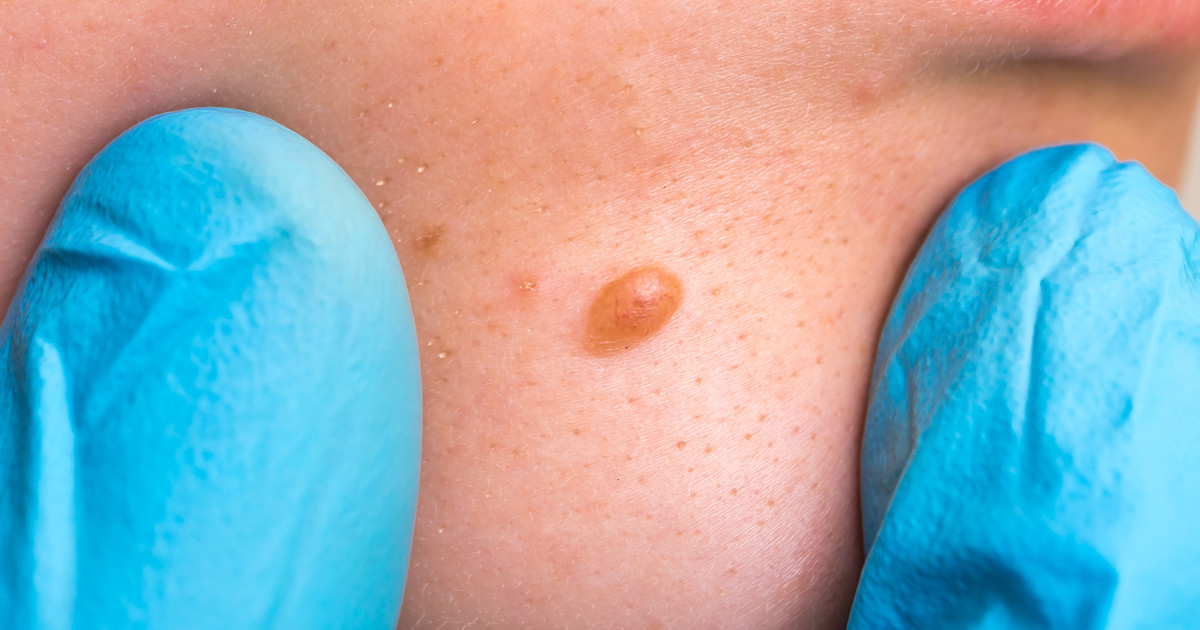Different Types Of Skin Cancer
Skin cancer is one of the most common types of cancer out there. Millions of individuals are diagnosed with a type of it every year in the United States alone. Everyone knows the significant risk factors for this condition too: tanning beds and sun exposure. The good news is that individuals can avoid using tanning beds. There are many ways to deal with sun exposure, such as wearing hats, sunglasses, and covering up. However, to really prevent skin cancer, everyone has to wear sunscreen all the time. They will need to re-apply it too.
There is currently no cure for skin cancer, although there are skin cancer treatments available. Patients usually undergo some form of surgical removal of the affected skin, often through excision. Many also receive a combination of radiation and chemotherapy to kill cancerous cells. Of course, if treatment has a shot at being effective, patients have to know what type of skin cancer they have.
Basal Cell Carcinoma
Spending lots of time in the sun puts individuals at a high risk of developing skin cancer. In most cases, approximately 80 percent of them, the type of skin cancer is basal cell carcinoma. Basal cell carcinoma typically starts in the neck or head, because these are the areas exposed to the sun the most.
Individuals will need to look for waxy bumps on their skin or brown lesions that resemble scars. These are severe warning signs of basal cell carcinoma. Of course, sores will be slow to heal, and they will bleed quite a bit. When they do heal, they will also return if an individual has basal cell carcinoma. The most popular treatment for this skin cancer is surgery, but many individuals will need chemotherapy too.
Learn about a very aggressive form of skin cancer next.
Melanoma
Melanoma is the type of skin cancer everyone thinks about when it comes to skin cancer. This is very important, especially considering melanoma is a serious form of skin cancer. It is very aggressive because it spreads quickly. It starts with irregular moles that are often black or brown. They will have irregular edges or grow suddenly. If they are not black or brown, moles meaning an individual has melanoma can be red, purple, white, pink, or blue. Melanoma is the result of excessive sun exposure and using tanning beds quite a lot. Individuals with lighter skin tones are at a much higher risk of getting melanoma than others.
Most patients have to undergo intense rounds of chemotherapy and radiation as treatment for melanoma. Doctors may consider surgery to remove the moles for many patients with melanoma. Individuals have to get melanoma treated as soon as possible. Once it spreads to other organs in the body, it is often fatal.
Get more information on the various types of skin cancer now.

